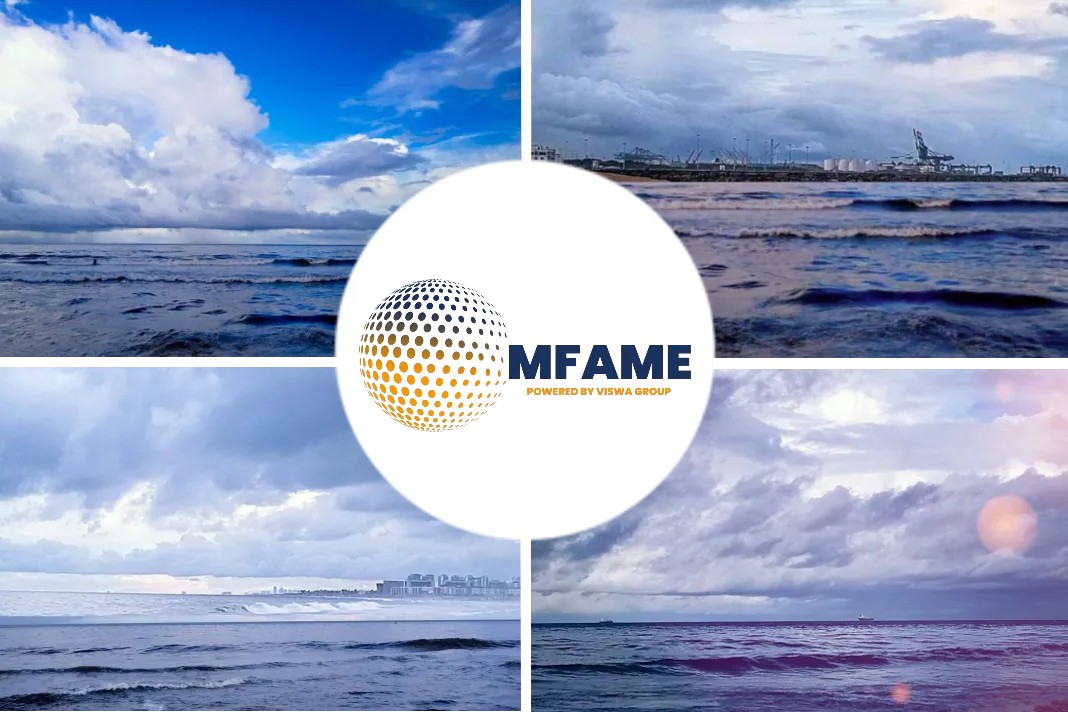- An estimated 35,000 vessels still need to have BWTS installed ahead of the September 2024 deadline for implementation of the IMO’s ballast water management convention.
- Many shipowners are taking advantage of the opportunity while the sun shines as high charter rates in some market segments have fuelled revenue
- The Norwegian company Optimarin is benefiting from a current wave of demand for BWT systems.
Ballast Water Treatment System (BWTS) is a system designed to remove and destroy/inactive biological organisms (zooplankton, algae, bacteria) from ballast water. Ballast water treatment is still evolving technology with an ever-growing number of manufacturers. This means that there is limited inservice experience for the systems being offered and there is a general understanding that no single system is suitable for all ship types, says an article published in Optimarin website.
Advantages include Risks
While this will extend the retrofit wave as it will allow more time for installation, Kallestad points out shipowners are still hopefully taking a calculated risk by deferring installations as the drydocking window tightens.
“The space to walk through the door will become increasingly narrow and this could result in hasty, ill-informed decisions by shipowners to select a system purely based on cheapest price and the need to get it installed as quickly as possible,” he says.
Tackle supply bottleneck
Optimarin has though honed a fast-track delivery model with competitive pricing but without any compromise on quality for its proven BWT technology, enabling it to tackle the supply bottleneck.
Process planning
A BWT retrofit is a protracted process that requires detailed planning – typically with an engineering lead time of six months before installation – and drydock capacity being secured ahead of time.
Stages
The first stage is to determine the right BWT system based on several selection criteria including the size and type of vessel, classification, flag state, and port authority requirements.
Then comes procurement of the system by selecting a supplier followed by the planning stage that entails inspection and site engineering to look at structural, pipe, electrical, and other elements, as well as carry out a 3D scan.
Lifecycle Cost the key factor
This stage also includes design engineering to transfer site data to a digital platform, arrangement of structural plans for piping and outfitting, a bill of material, and pre-fabrication drawings, with class approval required for the design.
The final stage is the installation and commissioning of the BWT system with operational verification and class approval to ensure regulatory compliance.
Lifecycle cost is also a key factor as selecting a BWT system solely according to price can lead to an inferior system being installed with a lack of after sales support, resulting in higher maintenance costs and increased downtime at ports that cuts revenue and raises fuel consumption, he explains.
Optimarin’s order book
Optimarin, which has so far installed close to 1000 BWT systems with a substantial order book, is still able to deliver a system within 30 days due to a streamlined documentation process and the modular flexibility of its proven high-quality technology. But component shortages and logistical challenges that have hit many industries may make it difficult to give delivery guarantees.
Power Saving and Green benefits
The Optimarin BWT system is continuously evolving and improving, which has resulted in its components being scaled-down and simplified through a rigorous product improvement program.
This has given more competitive pricing and a more compact system with a smaller footprint that makes it easier to install on larger vessels, while the company provides lifecycle support through its global after sales network.
Optimarin has also formed an alliance with UK-based Newport Shipping that enables it to offer a turnkey BWT solution with drydock availability at one of Newport’s 15 partner yards worldwide and favorable deferred payment terms.
This is supported by Optimarin’s innovative cloud-based digital solution OptiLink™ that provides real-time access to BWT system performance data, 24/7 support, and remote troubleshooting, and data transfer to shore for more efficient fleet-wide ballast water management.
A key advantage of this solution is the ease of reporting to third parties such as class societies and port authorities to obtain compliance certification without the need for timely lab tests and inspections at the port.
Did you subscribe to our daily Newsletter?
It’s Free! Click here to Subscribe
Source: Optimarin






















